With the rising awareness of environmental preservation, the utilization of shale ceramsite has significantly expanded.
Which industries benefit from shale ceramsite, and how is it produced? What machinery is utilized in this process? To unveil the answers to these questions, continue reading.
No way to say no to Shale Ceramsite
Shale ceramsite is a lightweight aggregate produced by grinding shale, mixing it with coal gangue and fly ash, adding an expansion agent, and then briquetting and firing it.

It mainly consists of three chemical components: approximately 60% SiO2, about 22% Al2O3, and 8% Fe2O3. Shale ceramsite is characterized by its soft texture, hardness of about 3, bulk density typically ranging from 400 to 510 kg/m3, and refractoriness of up to 1290°C.
This versatile material finds application in construction, gardening, environmental protection, and other fields.
In construction, it is often mixed with cement to produce lightweight aggregate for concrete, benefiting from its lightweight, high strength, corrosion resistance, and thermal insulation properties.
Due to its loose and porous nature, good air permeability, and richness in essential elements like silicon, iron, potassium, sodium, and calcium, shale ceramsite is also commonly used in hydroponic planting, aquaponics, and landscaping.
In the realm of environmental protection, shale ceramsite's stable physical and chemical properties make it suitable for applications like improving water quality, filtering industrial polluted wastewater, and fish tank breeding, as it does not release toxic substances into water bodies.

However, not all shale is suitable for producing versatile ceramics. The suitability of shale for this purpose depends on its specific composition and characteristics, which will be explored in the next part.
Which Shale says yes to Ceramsite?
Shale can be classified into various types, such as calcareous shale, carbonaceous shale, ferrous shale, siliceous shale, and oil shale. The question is, do these different types of shale meet the criteria for producing shale ceramsite?
Before addressing this question, it's important to understand the production principle of shale ceramsite and the typical raw material ratios involved.
The process involves crushing and mixing shale into balls in specific proportions. These balls are then subjected to high temperatures in a rotary kiln, causing them to soften and become viscous. The internal foaming agents generate gas, expanding the spheres, which then cool and solidify into porous lightweight aggregates.
Both coal gangue and fly ash are used as raw materials for making shale ceramsite balls, with sodium carbonate serving as the foaming agent.
Through experimental comparison, it has been determined that the optimal raw material ratio for shale ceramsite production is shale: coal gangue: fly ash: foaming agent=65:16:9:10, resulting in the best expansion effect.
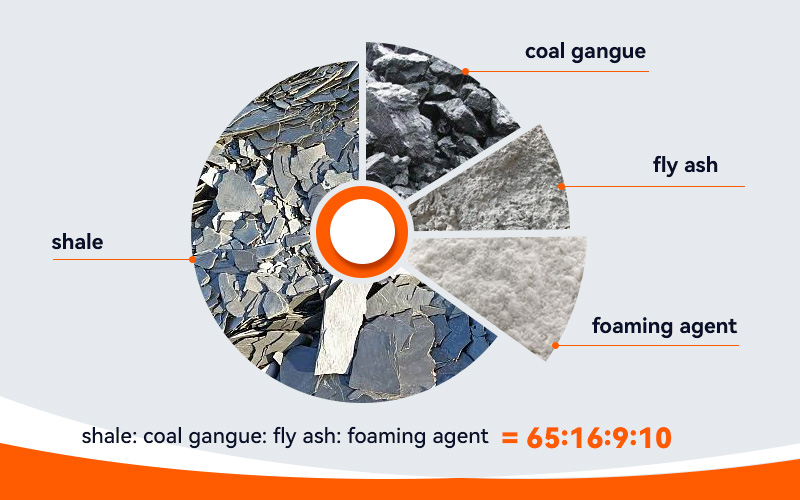
Therefore, the selection of shale is not limited to a specific type. Shales that do not meet the necessary criteria can be used by simply adding corresponding additives during batching to achieve the desired results.
How is Shale Ceramsite processed today?
After the extraction of shale ore, the production process of shale ceramsite involves at least seven steps: crushing, grinding, batching, granulation, calcination, cooling, and screening.
The shale is crushed and ground to achieve a finer texture.
The ingredients are then granulated and fired in a rotary kiln to expand. Finally, the shale is cooled and screened into different particle sizes.
1. Crushing
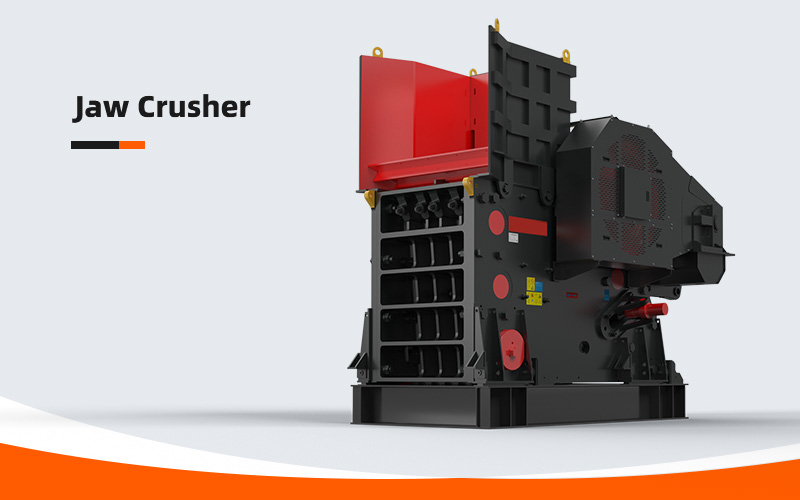
The mined shale typically ranges from 300–500 mm in size and contains some moisture.
It is recommended to use a PE-400×600 jaw crusher for efficient crushing, reducing the shale to less than 25 mm for further processing.
2. Grinding
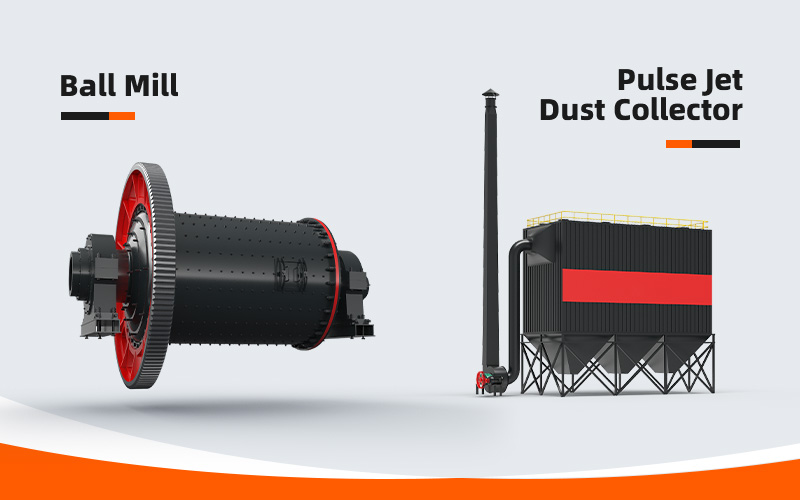
For subsequent screening and batching, a dry ball mill is recommended for fine grinding. Both shale and coal gangue used in the ingredients need to be finely ground.
Despite the good sealing of the FTM Machinery ball mill, dust problems may arise due to wear of internal parts or excessive material volume. To ensure environmental protection and worker health, it is recommended to equip a pulse jet dust collector.
3. Batching
As previously mentioned, shale needs to be batched before pelletizing.
The optimal raw material ratio for shale ceramsite production is shale: coal gangue: fly ash: foaming agent sodium carbonate = 65:16:9:10. A small amount of water (35%–38% of the mixture) needs to be added during the batching process until the mixture reaches a thick consistency.
4. Granulation
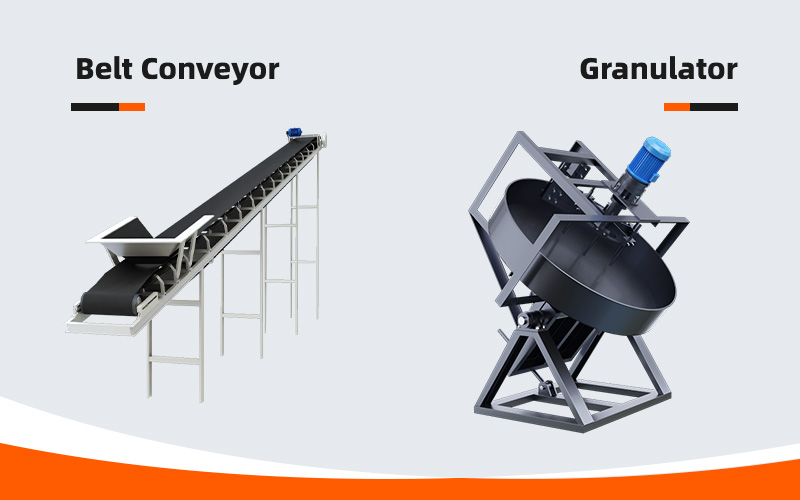
After batching, the shale is transported to the granulator via a conveyor belt.
The granulator achieves the best granulation effect with an inclination angle set to 55° and a rotation speed of 41–49 r/min. Generally, increasing the rotational speed first increases and then decreases the ceramsite, with the best effect obtained at an average volume diameter of around 20.5 μm.
5. Calcination

The calcination stage is critical in the ceramsite roasting process, directly affecting the performance of the final product.
The optimal sintering system for sintering shale slag particles is a preheating temperature of 50°C and a reheating time of 20 minutes. After a holding time of 15 minutes, the temperature is raised to 1100°C and heated for 40 minutes. Finally, it is kept warm for 20 minutes to complete the firing process.
6. Cooling
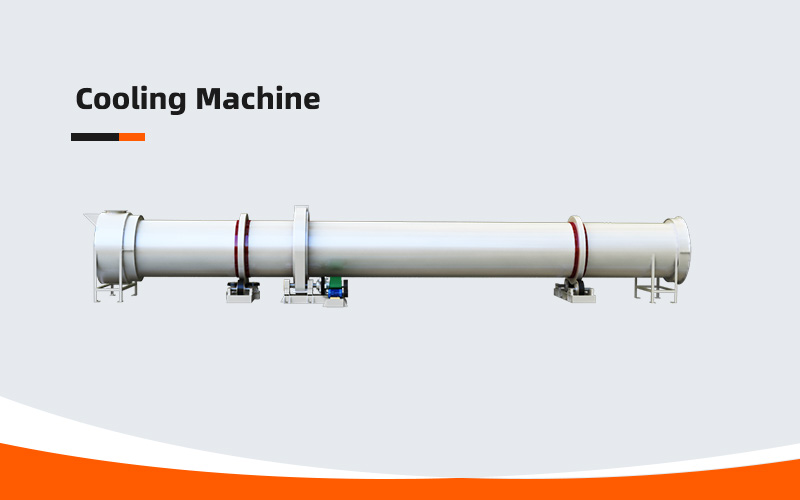
The cooling machine dissipates heat and reduces the moisture of shale ceramsite.
Cooling the temperature below 200°C improves the quality and grindability of the ceramsite.
7. Screening

Due to the small size and light weight of shale ceramsite, trommel screens are preferred for grading and screening. All finished products are divided into different particle size grades:
| Coarse Grade | Diameter 5 mm–10 mm |
| Medium Grade | Diameter 3 mm–5 mm |
| Fine Grade | Diameter 1 mm–3 mm |
Common problems about shale ceramsite
Are shale ceramsite and expanded shale the same?
No, they are different. Shale ceramsite is formed by processing shale into particles and then sintering it to form a porous lightweight aggregate. In contrast, expanded shale is created by directly heating the original shale to expand it into a porous lightweight aggregate.
What are the usage differences between shale ceramsite and expanded shale?
Shale ceramsite is mainly used in construction, gardening, and other fields as a lightweight aggregate or added to concrete. Expanded shale is primarily used in horticulture as a plant-growing medium or soil conditioner.
Reference
Preparation of Ceramsite from Shale

